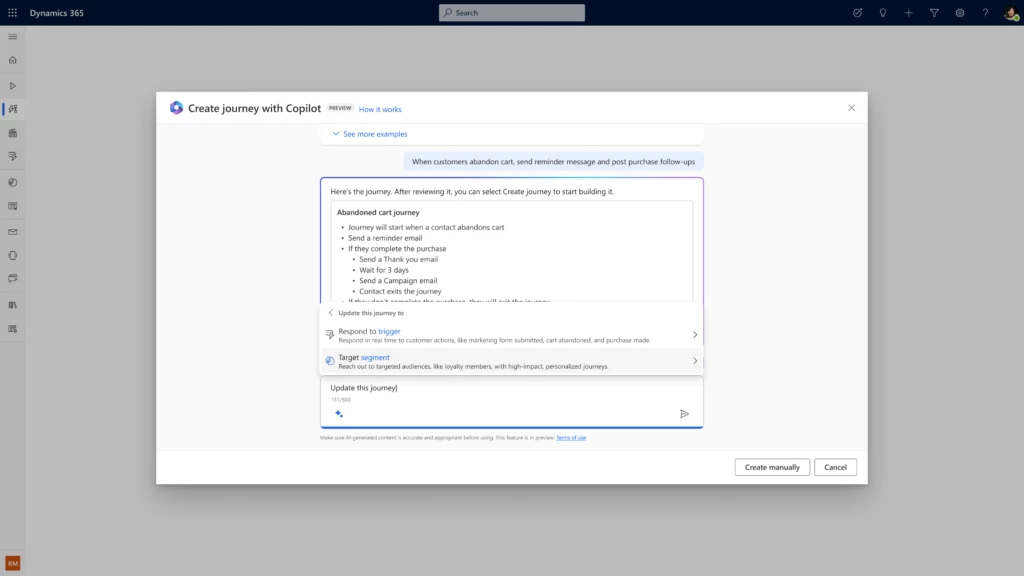
Transition to real time journeys – the time is now
This article is contributed. See the original author and article here.
In September 2023, we announced that Dynamics 365 Customer Insights and Dynamics 365 Marketing are coming together as one offering named Dynamics 365 Customer Insights, an AI driven solution which revolutionizes your customers’ experiences.
Within this solution are two apps:
- Customer Insights – Data (previously known as Dynamics 365 Customer Insights) that empowers you to know your customers through 360-degree profile.
- Customer Insights – Journeys (previously known as Dynamics 365 Marketing) allows you to engage your customers with personalized experiences based on the profile.
In the same timeframe, we also announced the transition from outbound marketing to real-time. The transition to real-time is independent from product name or licensing changes.
New customer environments only include real-time journeys and event management. Existing customers, if necessary, can add outbound marketing through a self-serve interface. We will continue to support outbound marketing but will not be adding new enhancements. We encourage all customers to transition to and use the exciting new capabilities available in real-time journeys. In this blog we cover how to plan for the transition to real-time and the resources that are available to you to help make this seamless.
How do the changes impact me?
If you are a new customer of the Customer Insights – Journeys app, you get real-time journeys only (including Event planning). So you start with the most current and advanced technology and avoid the time & expense of transitioning from outbound later.
Existing customer environments using outbound marketing, show the new product name but otherwise remained unchanged. When provisioning new, copying an existing, or upgrading a solutions-only environment to paid, outbound marketing is not installed by default.
If the system detects there is an existing environment with outbound marketing (in the same geo), then Settings > Version page shows Enable outbound link to install outbound. If you do not see the link or have issues enabling outbound, reach out to us directly as explained in the Transition overview page (see links in the resources section later).
When should I transition to Real-time?
Though we haven’t announced a date for ending outbound support the time to transition is now! Rest assured, we will use our product telemetry data and customer feedback to provide an adequate time window to ensure all customers can plan and complete their transition before support for outbound is ended.
But why wait? Real-time journeys offers most of the capabilities that outbound marketing has and a lot more that outbound doesn’t (and will not) such as the ability to respond and react in near-real time, high scale of 100M contacts/300M interactions in public preview (even more on the roadmap), and new & exciting capabilities with generative AI/Copilot, etc.

How to transition?
You can transition all at once or gradually depending on your business needs, capabilities you use in outbound marketing, and resources availability.
In a one-shot transition, you will recreate all your journeys, segments, and other assets in real-time journeys and then switch over to them over a short period (a few days).
The other approach is to transition gradually over time. You can create all your new campaigns in real-time journeys and leave your current campaigns running in outbound marketing until they complete. This way you build confidence and train your team gradually over time. We’ve prepared guidance on how to manage consent in hybrid/transition situations. With custom reporting capability (see release plan below), single analytics across both outbound and real-time can be created for the hybrid situation.

We know that most of your effort is usually spent in creating and finalizing emails, so we have built a tool in real-time journeys to let you Import outbound emails, templates, and content blocks so you can preserve and reuse them. You will also have a tool to help you quickly migrate consent records.
We have assembled real-time journeys transition resources to cover transition planning and tools for each major product area.
Real-time transition capabilities
With either approach, you will want to take a stock of what capabilities of outbound marketing you currently use, how they are supported in real-time journeys, and if there is a need to transfer any data or assets from outbound marketing to real-time journeys. In the transition resources section of our product documentation area, you will find a page for each functional area that has guidance, workarounds, and roadmap for specific capabilities. If you find there are some specific capabilities in outbound marketing that you need but are not yet available in real-time journeys, be assured that we are working to add them as fast as we can. For example, we already have a published release plan for these commonly asked for features:
- Scheduling – Quiet hours
- Email – View email in browser, Select from multiple email addresses
- Journey – Split
- Tracking – Web tracking
- Forms – Forms capture
- Event planning – Session level registration
- Analytics – Custom dashboards
We are actively working on prioritizing additional features that have been requested. These are being scheduled to be part of the next release wave:
- Consent – Double opt-in
- Segmentation – Export, Template, Email delivery status
- Scheduling – Send scheduling
- Email – Content A/B testing
- Journey – Branch on email deliverability status, Templates
- Tracking – Redirection URL
- Analytics – Click/Geo maps, combined analytics across outbound and real-time
- Event planning – event portal, session capacity, reoccurring events
- Forms – unmapped custom fields, form prefill, update none/multiple entities on submission, leads with parent contact
Please note that the above is not an exhaustive list. We release new updates every month. We use your feedback to revise our roadmap continuously to ensure you can transition with confidence.
Conclusion
A large number of customers are already using and benefiting from ease of use and scale offered by real-time. Over the next few months, we are prioritizing work to ensure transitioning to real-time journeys is easy and quick for every customer. While outbound marketing continues to be available and supported for existing customers, we strongly recommend everyone still using outbound marketing transition to real-time journeys to propel your business into the future of marketing and customer experience.
Resources
The post Transition to real time journeys – the time is now appeared first on Microsoft Dynamics 365 Blog.
Brought to you by Dr. Ware, Microsoft Office 365 Silver Partner, Charleston SC.

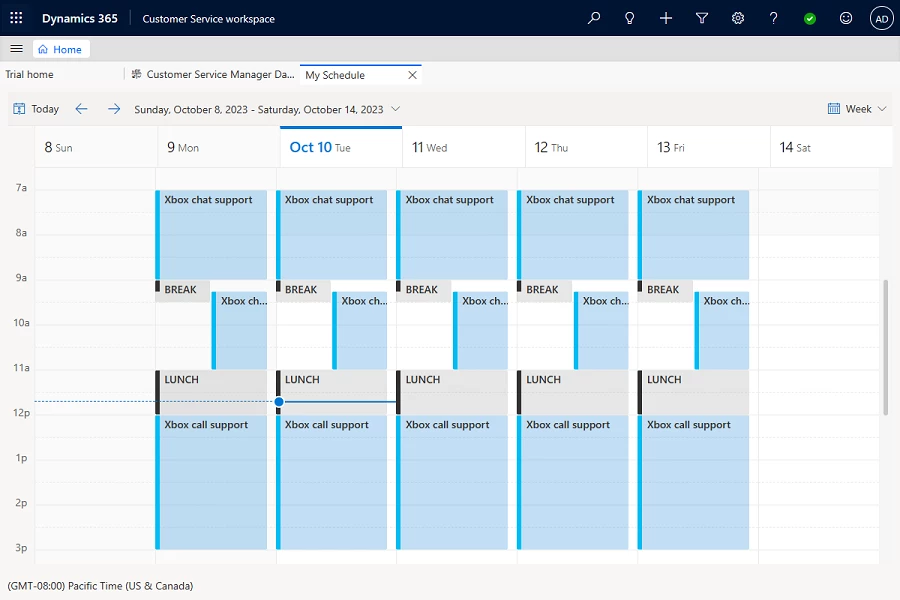

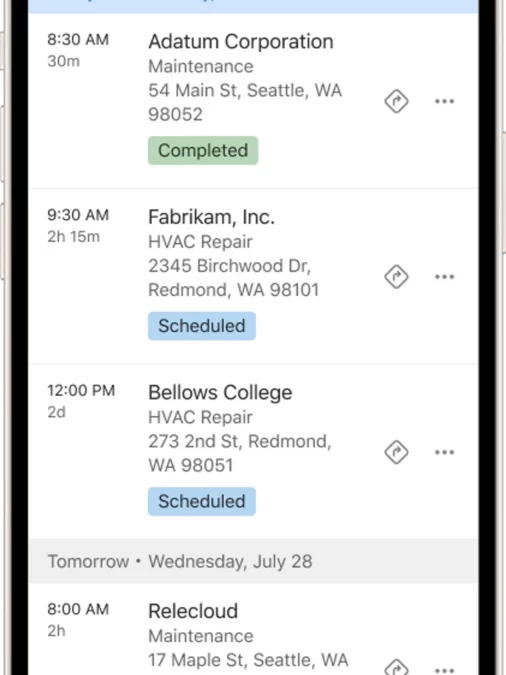
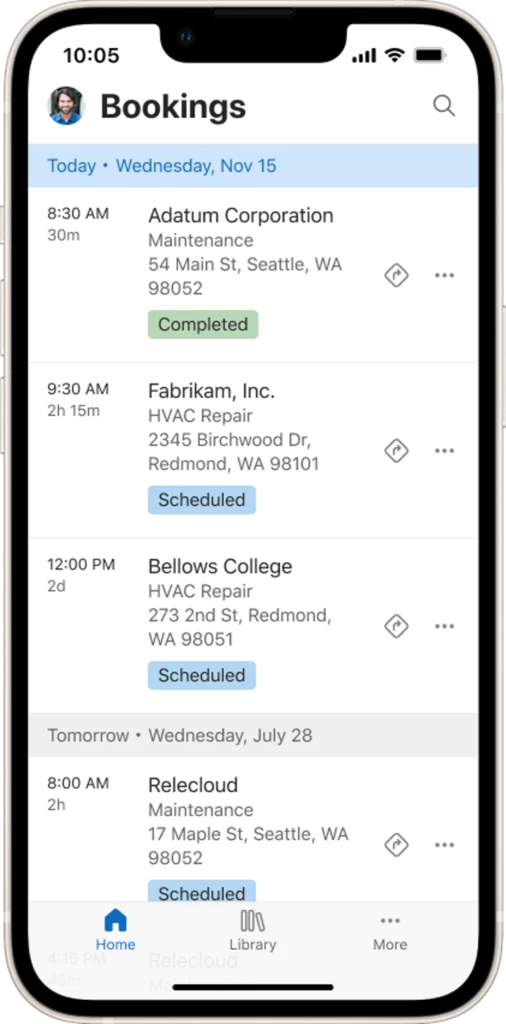
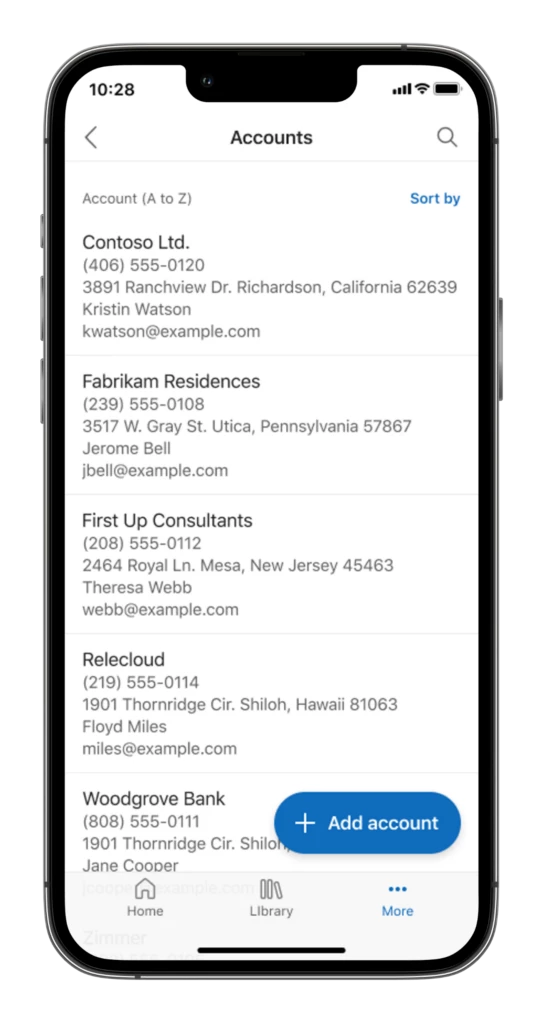
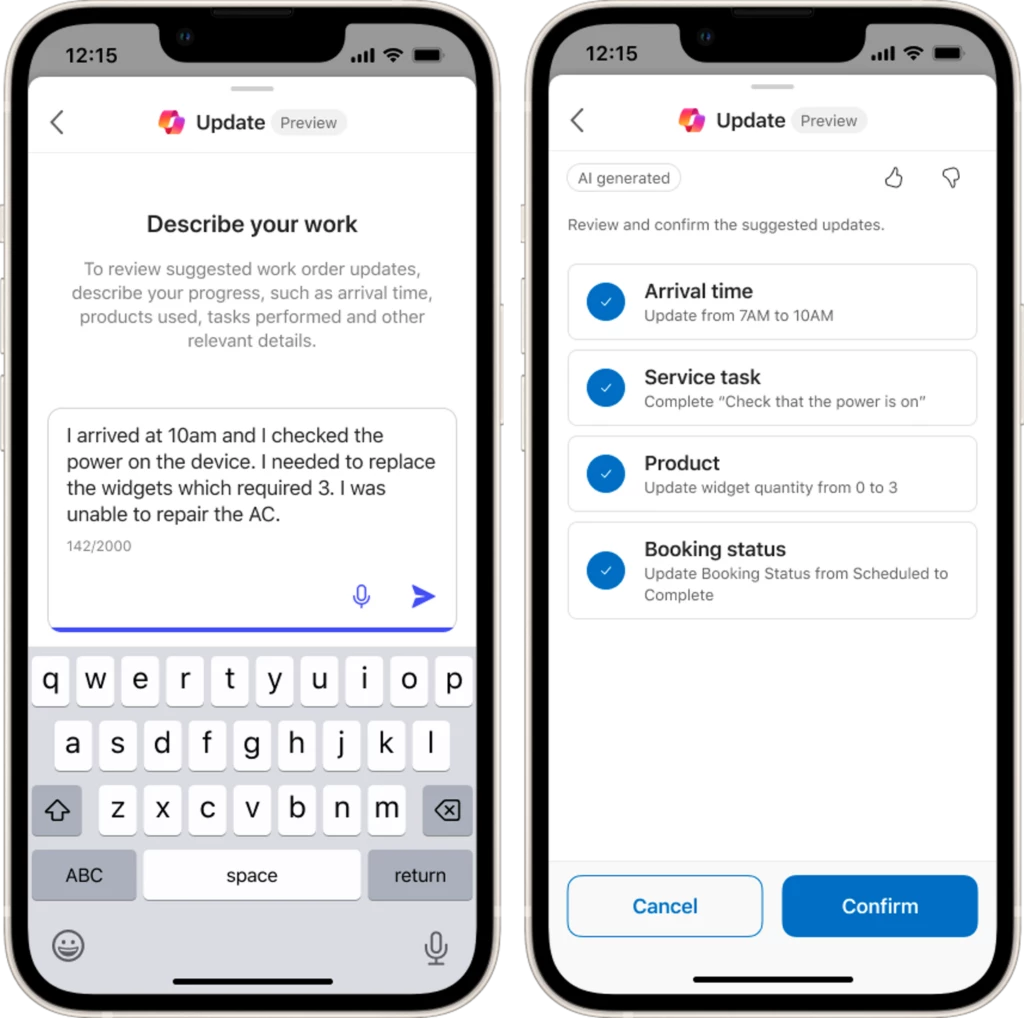
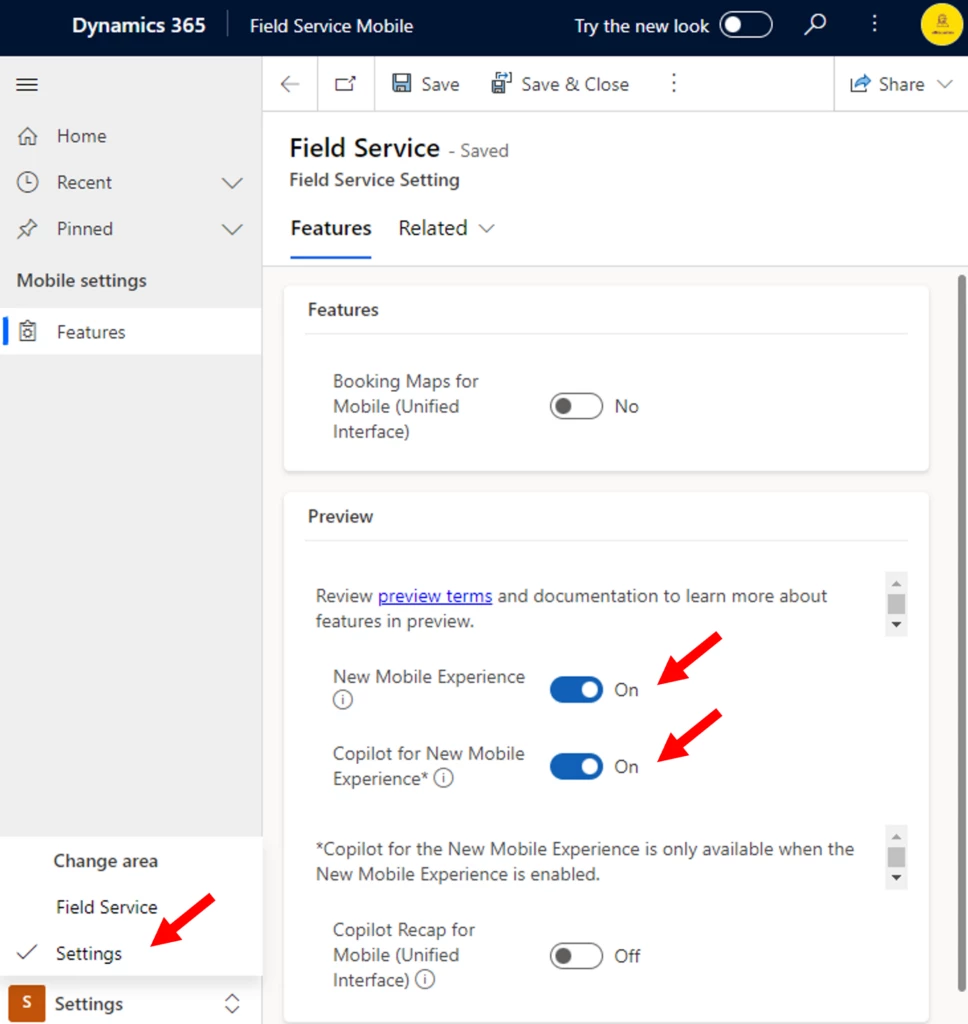
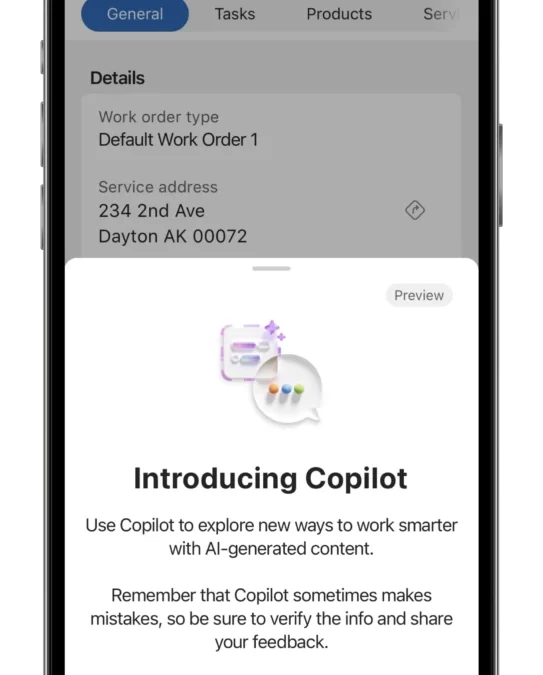
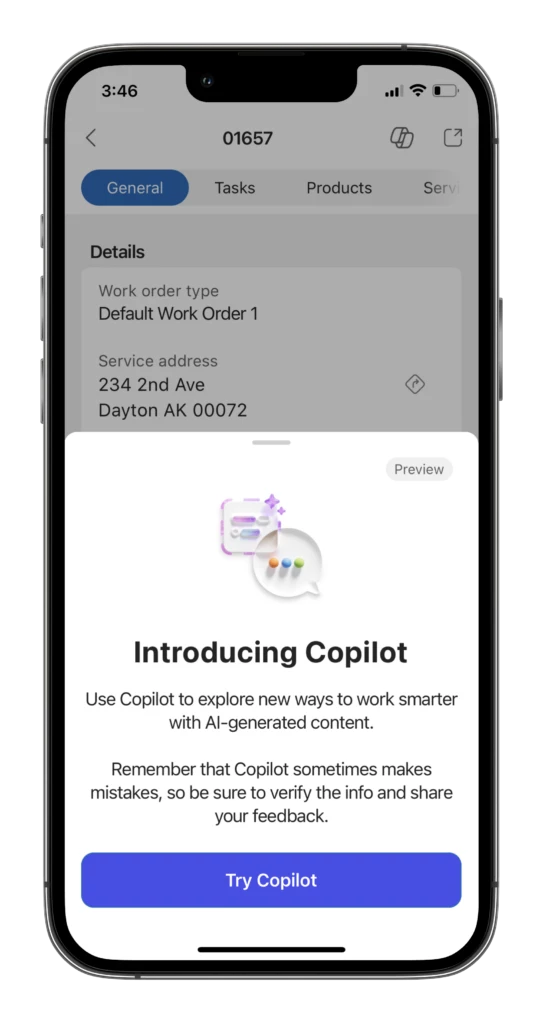
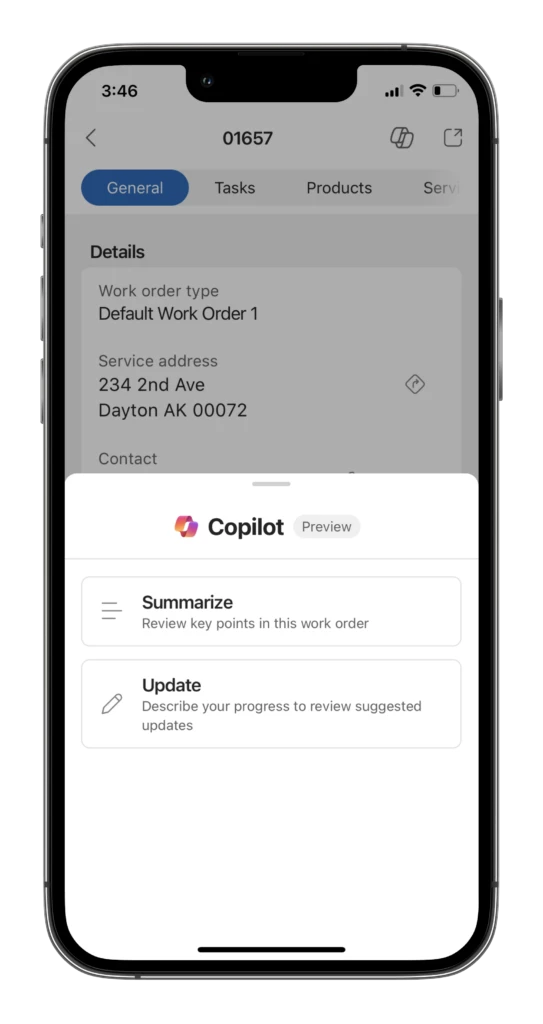
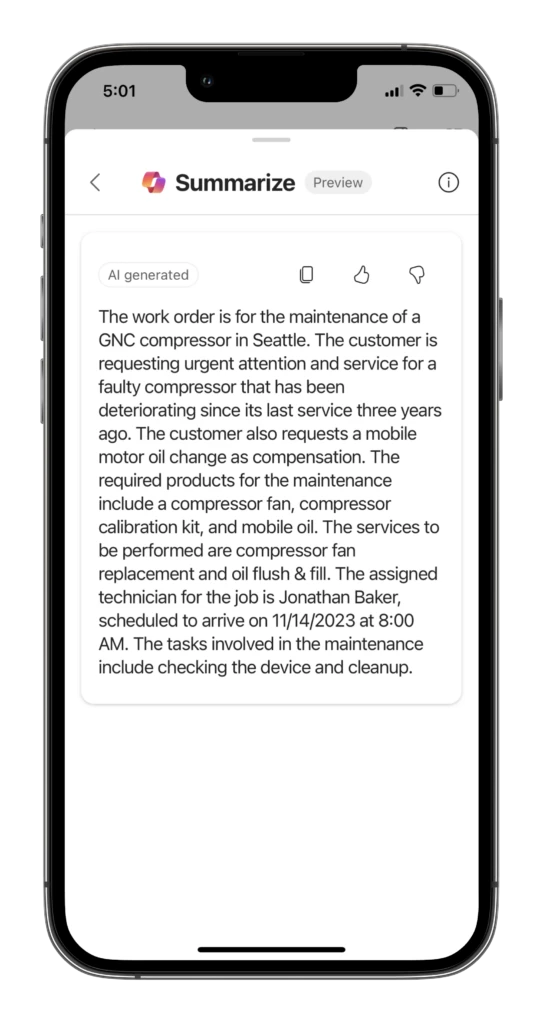
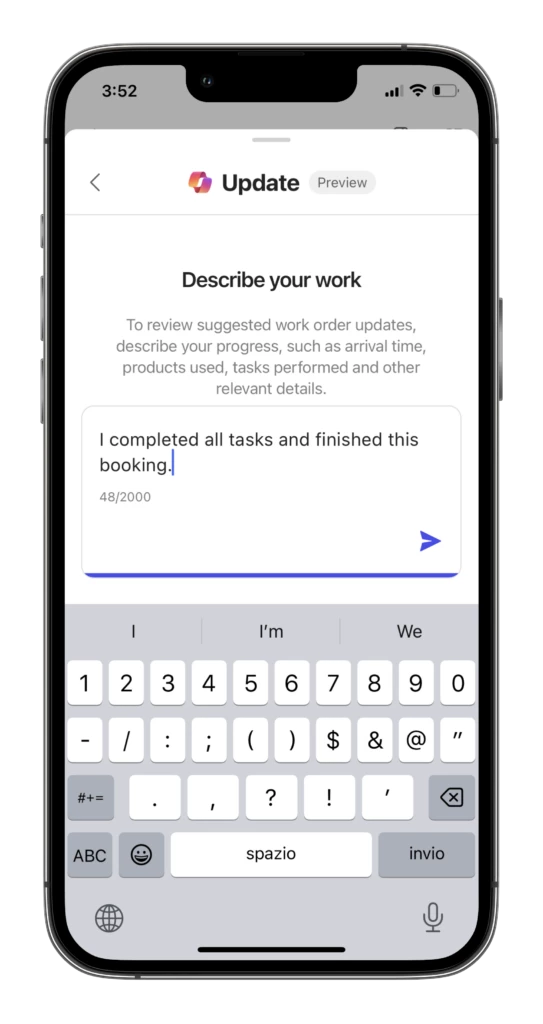
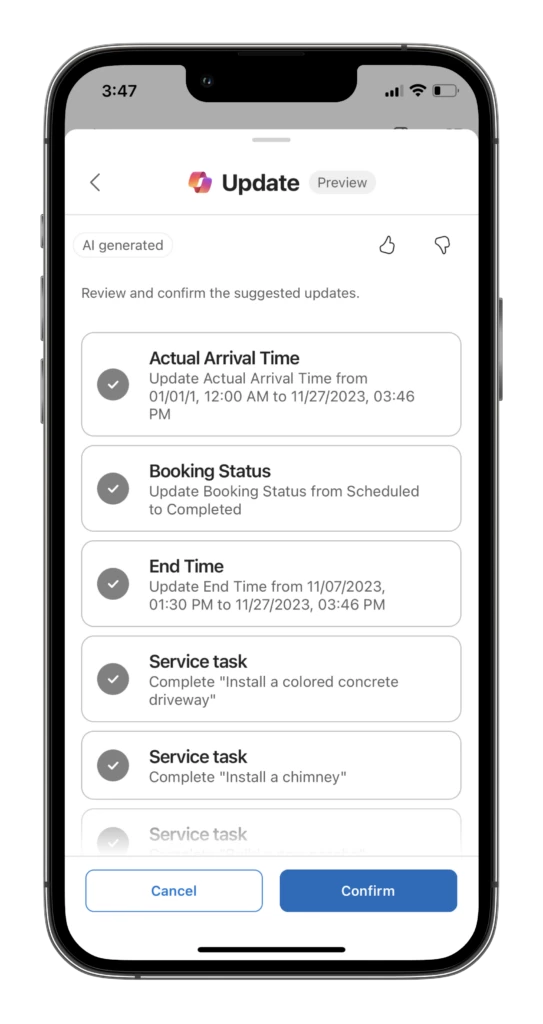
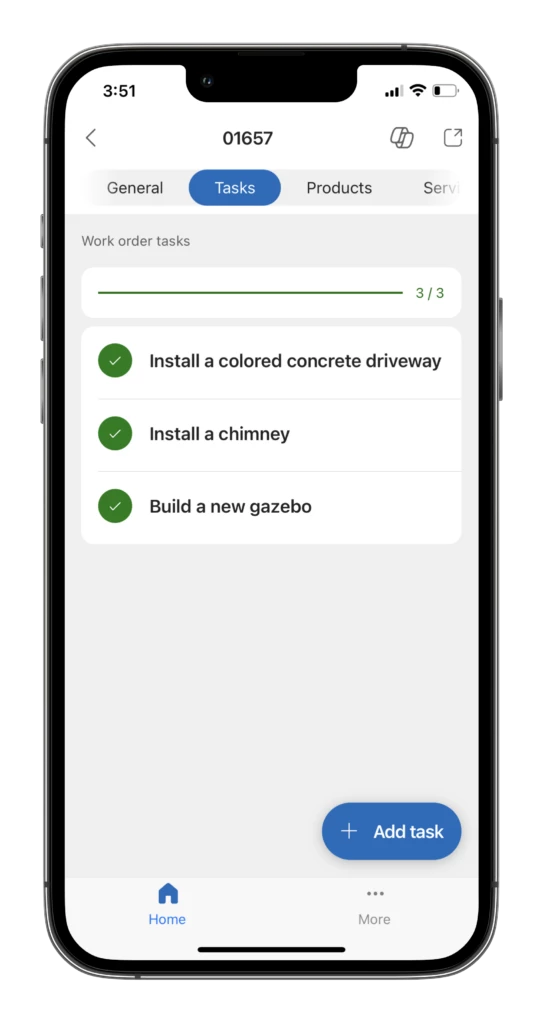

Recent Comments